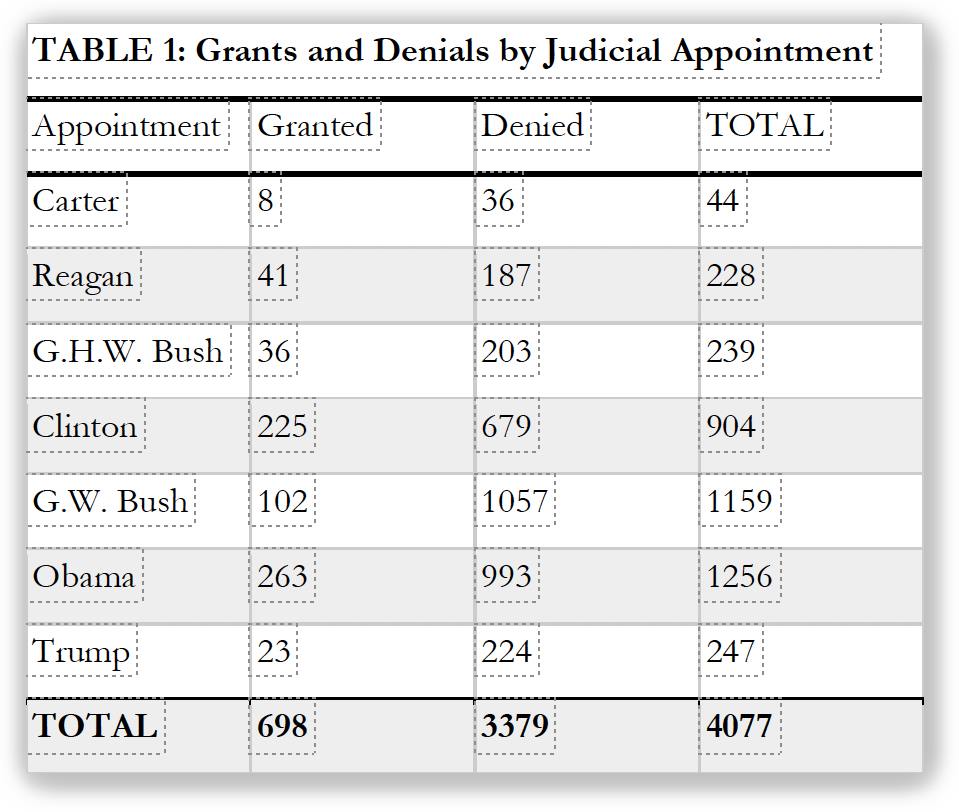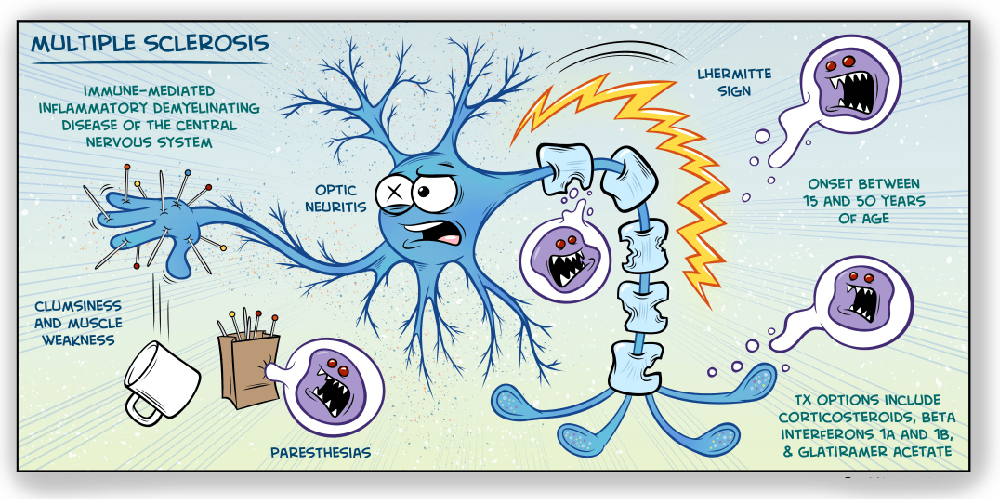We post news and comment on federal criminal justice issues, focused primarily on trial and post-conviction matters, legislative initiatives, and sentencing issues.

DISTRICT COURT GRANTS COMPASSIONATE RELEASE DUE TO SENTENCING ERRORS
There’s a precedential pecking order that few do-it-yourselfer prisoner litigants appreciate.
 It’s easy… a Supreme Court decision binds every lower federal court in America. A “published” decision of a federal court of appeals (and “published” means the court declares it to be published, not just that you can find a copy of it on the Internet) binds every district court in that particular circuit. But the opinion of a district court only binds the parties to the action. If the Chief Judge of the Federal District Court for the Eastern District of Northern South Dakota rules that red is really green, the judge in the office next to hers is nonetheless entitled to rule the next day in a different case that red is more blue than green.
It’s easy… a Supreme Court decision binds every lower federal court in America. A “published” decision of a federal court of appeals (and “published” means the court declares it to be published, not just that you can find a copy of it on the Internet) binds every district court in that particular circuit. But the opinion of a district court only binds the parties to the action. If the Chief Judge of the Federal District Court for the Eastern District of Northern South Dakota rules that red is really green, the judge in the office next to hers is nonetheless entitled to rule the next day in a different case that red is more blue than green.
So district court decisions ultimately are sometimes interesting, sometimes illuminating, occasionally infuriating and usually boring, but whatever they might be, $5.00 and the combined output of the best district court in America will get you a Strawberry Funnel Cake Frappuccino at Starbucks, but little else.
 That doesn’t stop prisoners, many of whom breathlessly cite opinions from some knuckleheaded district court a thousand miles away like they are the immutable words of the oracle descended from Mt. Olympus.
That doesn’t stop prisoners, many of whom breathlessly cite opinions from some knuckleheaded district court a thousand miles away like they are the immutable words of the oracle descended from Mt. Olympus.
But while district court decisions are not binding precedent, they can be what lawyers like to call “persuasive authority.” That kind of authority says to a district court, ‘look how smart Judge Elihu Smails held in this similar case, and don’t you want to look as bright as he does?’ Sometimes that kind of persuasion works, sometimes it doesn’t.
With that prologue, we were impressed with a decision handed down last week by a judge in the District of Massachusetts, granting compassionate release to a man doing life for a 1991 bombing that killed one cop and injured another.
The movant had discovered an error many years after his conviction which made the life sentence unlawful. He filed a motion with the District Court back in 2007 pointing out the error, and the sentencing court granted him relief. Unfortunately for the defendant, the First Circuit reversed the district court on procedural grounds, specifically that the prisoner had no right to bring what was in effect a second 28 USC § 2255, so the sentencing error was unreviewable.
The prisoner tried again 13 years with a motion for compassionate release under 18 USC § 3582(c)(1)(A)(i). The motion turned on the prevalence of COVID-19 at USP Tucson and the 65-year old prisoner’s vulnerability to it, but as well raised arguments that the conviction and sentence were tainted by the government having played on the homophobia of the jury, and the sentencing error that was argued futilely in 2007.
The district court rejected the COVID-19 argument due to the fact that the prisoner had received the vaccine, and it characterized the evidence of innocence and homophobia as “serious but not overwhelming arguments” that “raise questions and perhaps even doubts – but no more.”
But the court was convinced by the sentencing error. It rejected the government’s argument that the First Circuit had already settled the issue:
The First Circuit’s holding was premised upon a strict application of AEDPA… But now Congress has spoken again. And this time it has given trial judges broad authority – indeed it has imposed a statutory duty, upon a defendant’s motion – to conduct an individualized review of the defendant’s case for extraordinary and compelling circumstances that call out for correction… Moreover, at the time of this writing, there is a growing consensus among courts that there are few if any limitations on what may be considered an extraordinary and compelling reason warranting release, even those claims that have been rejected on direct appeal or collateral attack.
 The district court used compassionate release to do what it could not do in a § 2255 motion: it ruled that “it is both extraordinary and compelling that (1) a judge sentenced a defendant to life imprisonment using a preponderance of the evidence standard where the controlling statute provided that a life sentence could be imposed only by the jury; and (2) there exists no available avenue for relief from this legal error.”
The district court used compassionate release to do what it could not do in a § 2255 motion: it ruled that “it is both extraordinary and compelling that (1) a judge sentenced a defendant to life imprisonment using a preponderance of the evidence standard where the controlling statute provided that a life sentence could be imposed only by the jury; and (2) there exists no available avenue for relief from this legal error.”
The court ruled that there was “no question that this Court may conclude that a legal error at sentencing constitutes an extraordinary and compelling reason, and reduce the sentence after conducting an individualized review of the case. Here, the Court is deploying the broad discretion provided in one statute – § 3582(c)(1)(A) – to effectuate Congress’s clearly stated intent in a separate statute, see 18 USC § 34, as incorporated by 18 USC § 844.”
United States v. Trenkler, Case No 92-10369, 2021 U.S. Dist. LEXIS 87567 (D. Mass. May 6, 2021)
– Thomas L. Root























